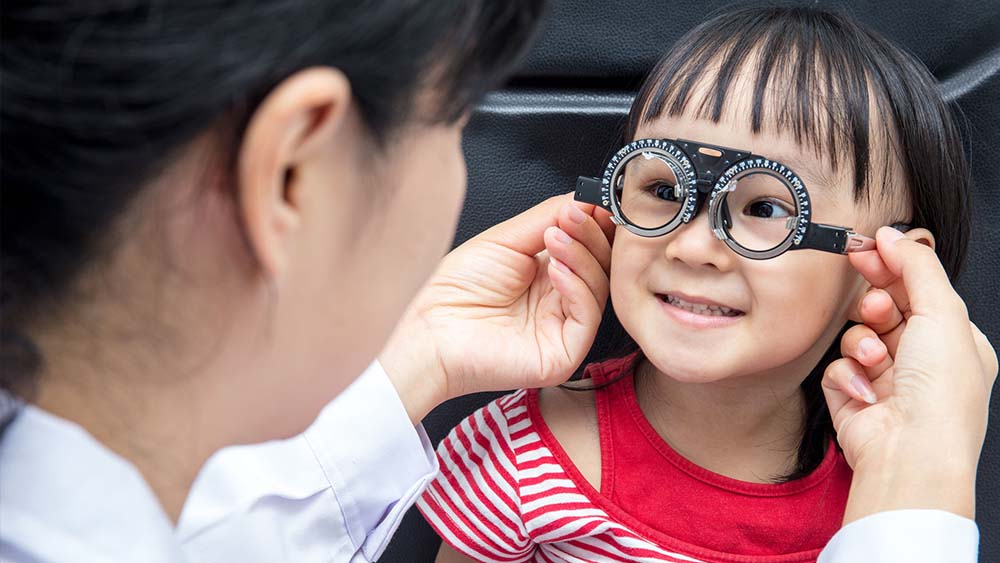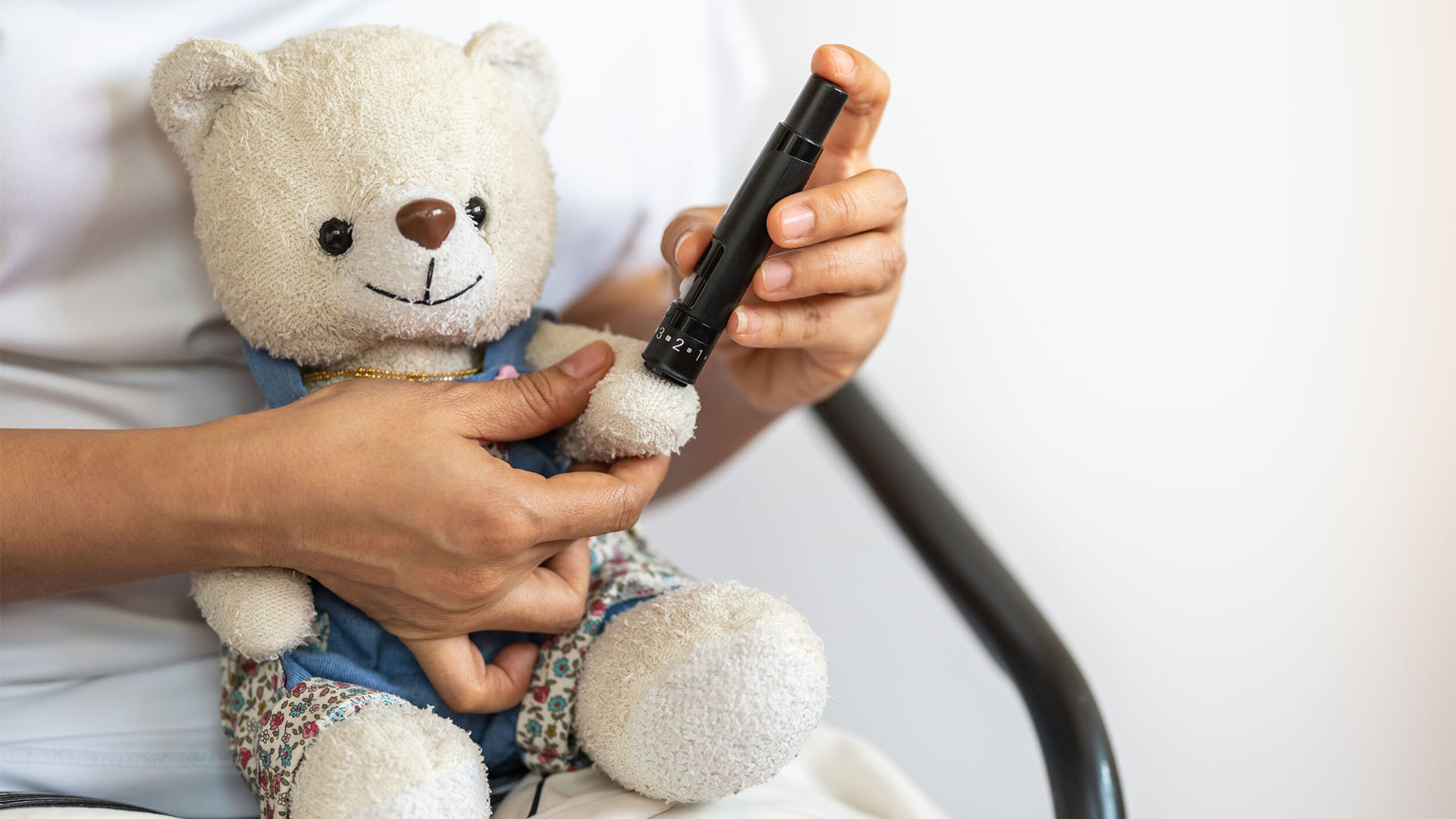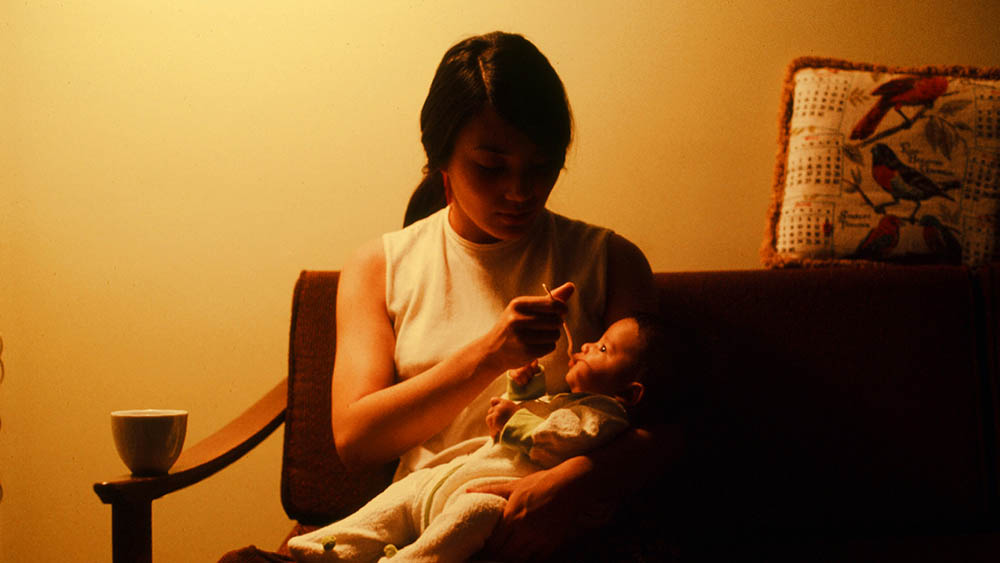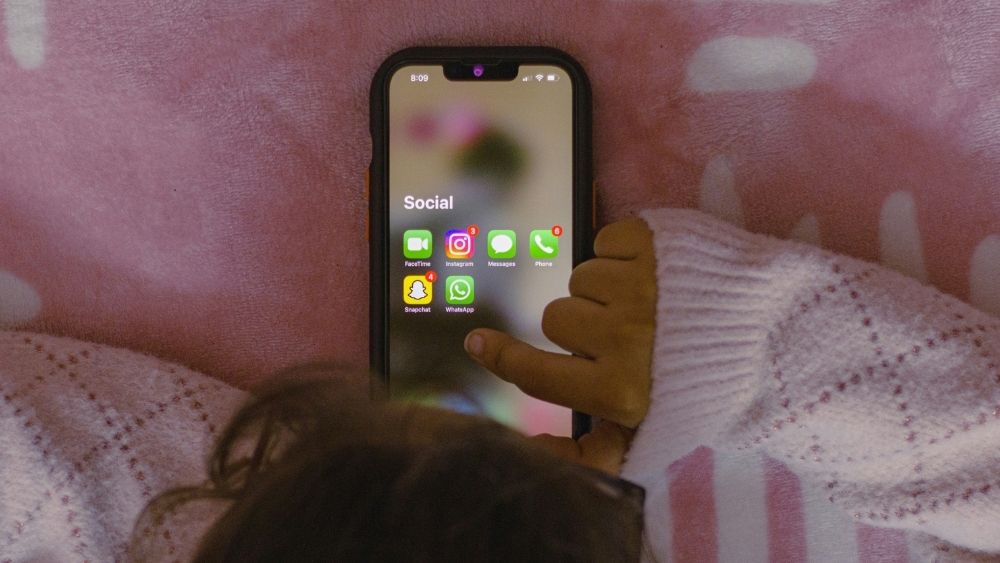5 Practical Ways To Safeguard Your Children From Myopia
Singapore takes top spot for a lot of things but unfortunately it also seems to be occupying first place for the highest rate of myopia in the world. Myopia, the medical term for nearsightedness, is a vision condition in which people can see close objects clearly, but objects farther away appear blurred. This common vision disorder usually occurs during the ages of 6-14 years, and continues to progress until 20.
According to the Ministry of Health (MOH), “The prevalence of myopia in Singapore is among the highest in the world, with 65 percent of children being myopic by Primary 6, and 83 percent of young adults being myopic. Singapore is often labelled as the 'Myopia Capital of the World', and by 2050, it is projected that 80-90 percent of all Singaporean adults above 18 years old will be myopic.” That was in August 2019.
A Straits Times report in February this year on the National University Health System confirmed that myopia is the most common eye condition affecting children in Singapore today. More than half of children here develop myopia by the age of 12. According to latest figures, The Singapore National Eye Centre (SNEC)’s Myopia Centre has seen its visitor numbers jump over the past few years, registering over 6,000 patient visits last year, more than triple the 1,728 visits in 2019.
But don't be discouraged. While myopia is often hereditary, there are a few things you can do to help protect your child against myopia and help slow it’s progression:
1. Increase their outdoor time
The value of spending time outside cannot be stressed enough! Singapore probably has one of the highest rates of myopia because of the (increasing) amount of time young children and young adults spend indoors doing nearsighted work or on devices. Children ideally need a minimum of 90+ minutes of quality time outdoors every day in natural light to reduce their chances of developing myopia, or slow down its progression.
2. Eat healthy
Yes, carrots are good for your eyes (have you ever seen a rabbit wearing glasses? 🐰). At the same time, eyes also benefit from a diet rich in fish high in omega-3 fatty acids (think tuna and salmon), leafy greens, vegetables and fruits.
 IMAGE: 123RF
IMAGE: 123RF
3. Take them for regular eye checks
Sometimes, symptoms such as headaches and blurry vision can easily be confused for other conditions, and that’s why regular annual eye checks with a test measuring the axial length of the eye, are very important for children. Myopia is a treatable condition, particularly when detected early, so getting baseline measurements early is paramount to recognising the disorder when it starts developing.
When left untreated, myopia will gradually progress increasing the likelihood of contracting other vision disorders like cataracts or detached retinas later in life.
4. Reduce eyestrain and limit screen time
Having good light when reading and taking breaks from looking at screens and letting your eyes get proper rest can help slow the progression of myopia. That’s why taking regular breaks after 30 – 40 minutes of near work to look at distant objects is always encouraged. If your children can’t avoid screen time or near-vision activities entirely (including holding devices too close), make sure you at least limit the time they spend on them. Some also practise the 20-20-20 Rule, which suggests looking at something at 20 feet away for 20 seconds after 20 minutes of near work.
5. Don’t smoke
This one isn't up to young kids directly, but secondhand smoke can negatively affect your eyesight and of those around you, so don’t smoke at home or around your young child.
For the latest updates on Wonderwall.sg, be sure to follow us on TikTok, Telegram, Instagram, and Facebook. If you have a story idea for us, email us at [email protected].










